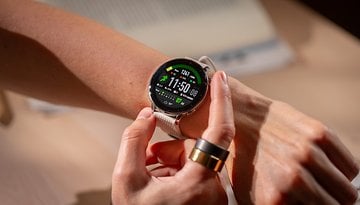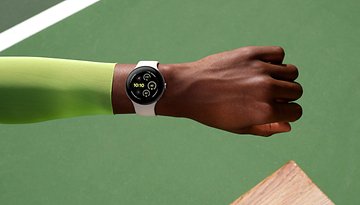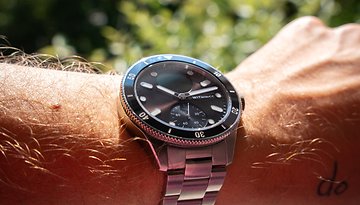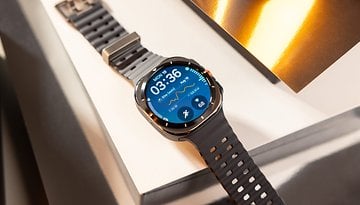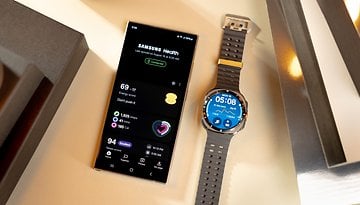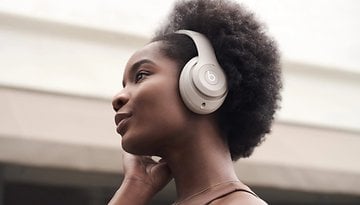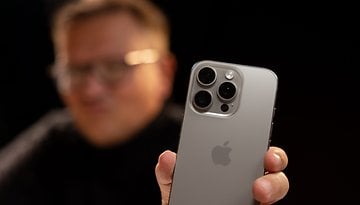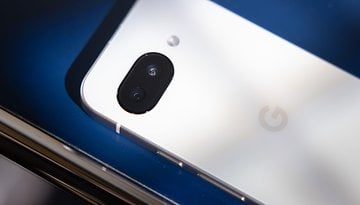Xiaomi Smart Band 7 vs. Huawei Band 7: Duel of the affordable fitness trackers


Both Xiaomi and Huawei have launched their new fitness trackers recently. The Xiaomi Smart Band 7 and the Huawei Band 7 are very similar in many ways. We will find out in this comparison which of the two wearables deserve a place on your wrist.
| Product | Xiaomi Smart Band 7 | Huawei Band 7 |
|---|---|---|
| Image |

|
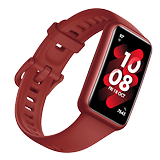
|
| Display | 1.62″ AMOLED, 192 x 490 pixels (326 ppi) | 1.47" AMOLED, 194 x 368 pixels (283 ppi) |
| Dimensions | 46.5 x 20.7 x 12.25 mm | 44.35 x 26 x 9.99 mm |
| Weight | 13,5 g | 16 g |
| Water resistance | 5 ATM | 5 ATM |
| Connectivity | Bluetooth 5.2, no GPS, no NFC | Bluetooth 5.0, no GPS, no NFC |
| Battery | 180 mAh, 14 days battery life | 180 mAh, 14 days battery life |
| Features | 120 sports modes, measures SPO2 and heart rate, sleep tracker, | 96 sport modes, measures SPO2 and heart rate |
| Check offer* | - |
We'll be reviewing both fitness trackers soon enough, but currently, we're just contrasting the technical specifications on paper here. As soon as we have reviewed both devices, we will also update this comparison here for you accordingly. By the way, Xiaomi does not use the suffix "Mi" in the name of its new fitness wristband. The device is globally marketed as Xiaomi Smart Band 7.
Jump to:
Hardware and design
Those who know about the respective predecessors will not be particularly surprised with these new releases. Huawei retains most of the design, but reduces the weight by a tender two grams (now weighing in at 16 grams) and also makes the device one millimeter thinner (now at 9.99 mm). Xiaomi essentially retains the look as well, but enlarges the display by a whopping 25 percent. So, while Huawei continues to install a rectangular display, Xiaomi continues to rely on a panel that is rounded at both the top and bottom.
RELATED
Both models protect the display with 2.5D glass and rely on silicone as the material of choice for the wristbands. Since we're already talking about the displays: On both accounts do we find AMOLED displays with always-on functionality. Huawei sticks to the 1.47-inch of the predecessor, with a resolution of 194 x 368 pixels (283 ppi).
Xiaomi, on the other hand, now brings it to a stately 1.62 inches, without the panel really looking chunkier because of that. With a resolution of 192 x 490 pixels, the Smart Band 7 now has a pixel density of 326 ppi.
As far as connectivity is concerned, you will unfortunately have to live without NFC in the global versions, and GPS is once again omitted. Bluetooth 5.2 is available for Xiaomi and 5.0 for Huawei, so you can connect to your smartphone, regardless of whether it is an Android or iPhone.
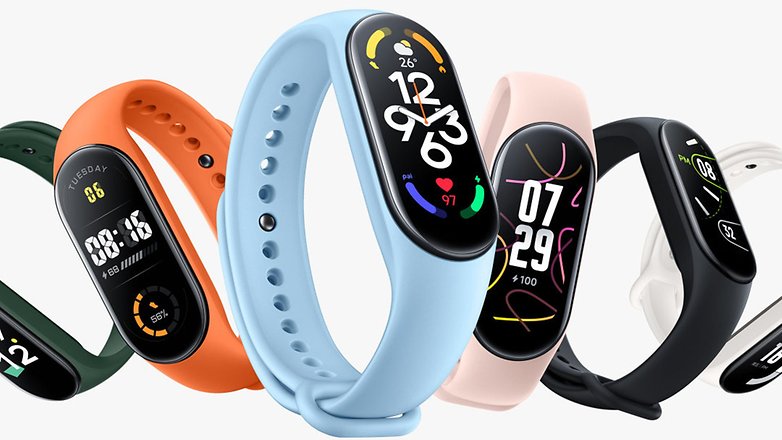
Apart from that, the changes compared to the predecessor are manageable in both devices, so both trackers are technically on par most of the time. Xiaomi does promise a new chipset that should lead to smoother operation, but we can only judge how much better its performance will be after a detailed review.
As for water resistance, both manufacturers mentioned 5 ATM, so a pressure of 5 bar stands. We often read that this makes a watch waterproof to a depth of 50 meters, but that's not entirely true. You should still be able to swim without any problems on these models. To be on the safe side, however, it is better to look for a watch with 10 ATM when it comes to swimming.
Sensors and range of functions
Xiaomi has expanded the sports modes by quite an interesting margin from 30 to a massive 120, which means the manufacturer has now surpassed Huawei. However, the Huawei Band 7 also supports a lot of sports activities with 96 sports and workout modes. Both devices monitor the blood oxygen content (SpO2) and the heart rate in the background.
A sleep tracker has also long been integrated and can be found in the feature set of both the Smart Band 7 and the Huawei Band 7. However, Huawei might be slightly ahead in this department. The TruSleep™ technology, which evaluates the quality of your sleep, differentiates between six different sleep parameters, including difficulty falling asleep, light sleep, waking up at night, and even vivid dreams. After the analysis, the Huawei Band 7 will also inform you about your sleep pattern and what you can do about it in the event that there is a problem.
- Also read: Huawei Band 6 review
In addition, both wristbands naturally measure calories, steps, and everything else that was already par for the course in the predecessors. You can still receive notifications, play music and do much more with both trackers. We can state that only marginal improvements have been made to both the Smart Band 7 and the Huawei Band 7.
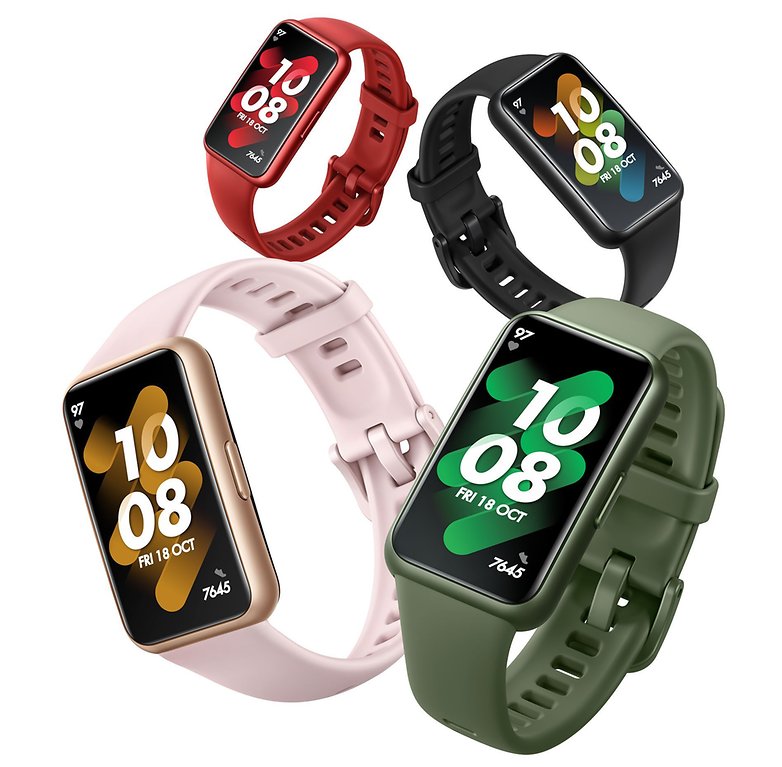
Battery
Once again, we see two devices that are on par with one another, at least according to the manufacturers' own statements. After Xiaomi increased the battery capacity, the batteries of both fitness trackers now hold a 180 mAh charge and are supposed to last 14 days each. Of course, this time depends on personal use and excludes the fact that you use the always-on display.
Hopefully, our reviews will shed more light on both cases. Normally, however, you would not go too wrong to expect a week of battery life.
Price and availability
In terms of price, both smart trackers are, who would have thought it, also on a similar playing field. Huawei charges €59 (approximately $61 after conversion). Do bear in mind that Huawei's Band 7 is unavailable Stateside. Xiaomi's model is only slightly more expensive at €59.99, although you can find it on Amazon for $70. Early buyers can save some money on Xiaomi's device in an early bird deal in Europe, allowing them to pick one up for €49.99.
But Huawei also wants to convince us with powerful arguments to buy the Huawei Band 7. You currently get a body fat scale from Huawei for free when you buy the fitness tracker. In addition, the premium version of the adidas Runtastic app is available for six months for you to use. Here is another exciting bit of news: If you also order a second Huawei Band 7, this second device will only cost you €29.
Conclusion
If you put one and one together, you might get the impression that both fitness trackers have a similar amount of benefits to offer to the buyer. It then makes sense to conclude the following: You cannot go wrong with either the Huawei Band 7 or the Xiaomi Smart Band 7. The differences in terms of functions, material and hardware are quite similar. This impression might change after we have reviewed both smart trackers.
Until then, we can be annoyed that Xiaomi and Huawei agreed to exclude NFC and GPS connectivity. Since the price is also largely similar, it is up to your own design preference on which way the pendulum swings - be it in the direction of Huawei or Xiaomi.
PS: If you're still unsure which fitness tracker you should get: There are currently rumors about a Smart Band 7 Pro. The device is supposed to be released in July and could feature GPS and a larger battery. So perhaps it's worth waiting for a few more weeks!
How would you decide which is the better fitness tracker? Among the two, which do you think will be in front? The Xiaomi Smart Band 7 or the Huawei Band 7?






